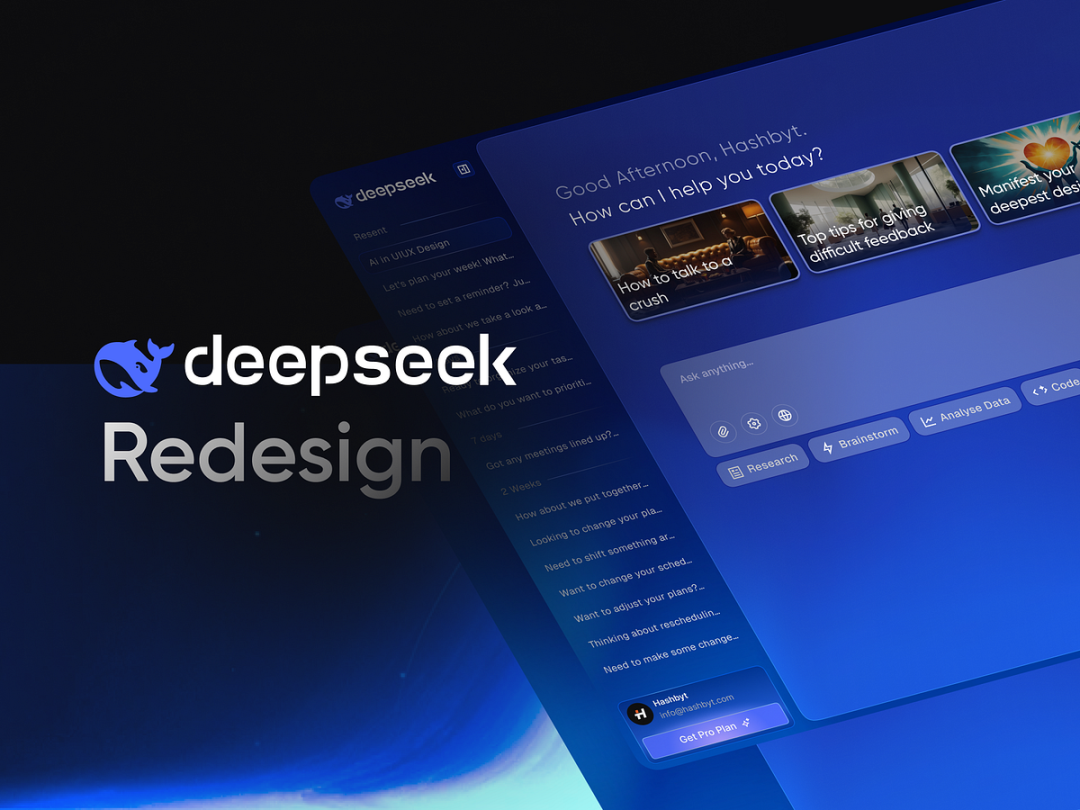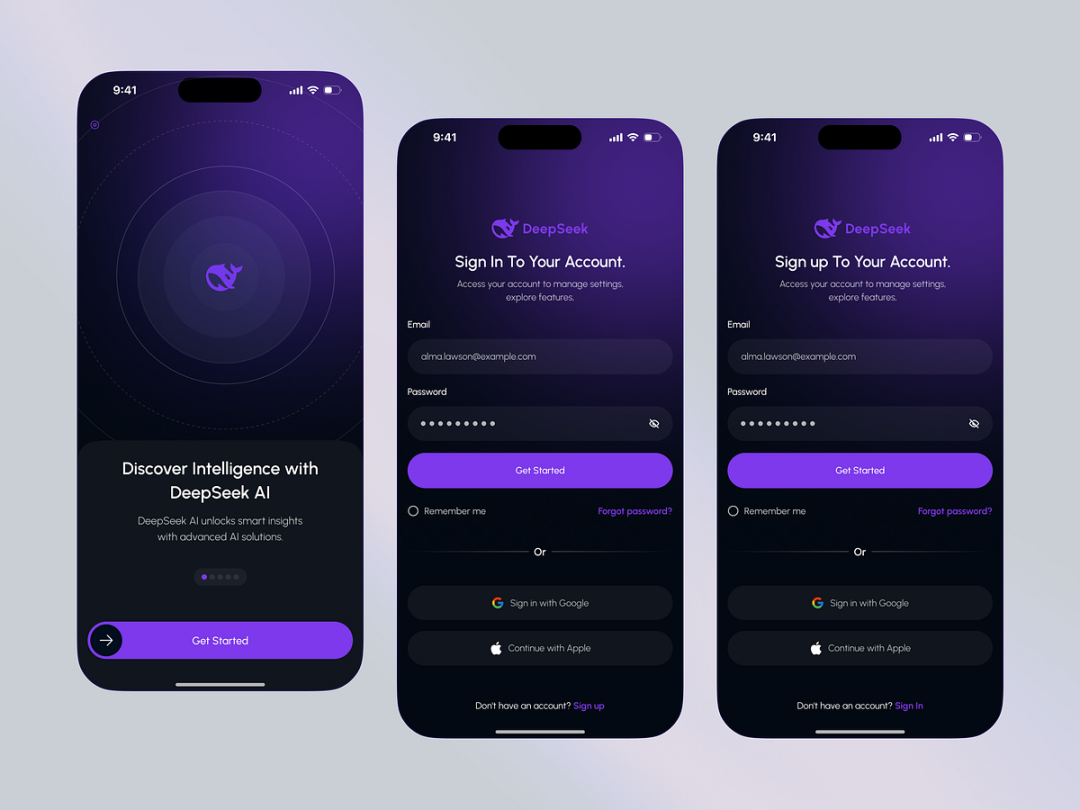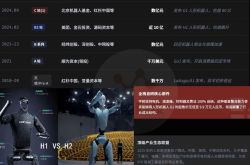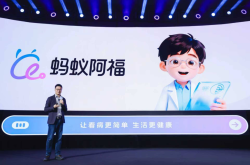Has DeepSeek Turned into Silicon Valley’s Most Prominent ‘Hidden Gem’?
![]() 09/25 2025
09/25 2025
![]() 673
673
Layout: Yanzi
Yesterday, I stumbled upon an intriguing interview conducted by Huxiu, featuring a compelling headline: ‘Has DeepSeek Become Silicon Valley's Biggest ‘Undisclosed Secret’?’
The article presents an interview with Paddy Cosgrave, the founder of Web Summit, a premier global tech summit. This seasoned observer, who has witnessed multiple waves of technological innovation, candidly remarked: ‘From DeepSeek's initial appearance through February and March, nearly the entire San Francisco business community was utilizing it. This could very well be Silicon Valley's best-kept secret.’
Cosgrave further commented, ‘Why would anyone opt to pay for OpenAI or Anthropic when they have access to this?’ He described a scenario in which even companies not primarily engaged in the AI sector were deploying DeepSeek locally for customer service and backend operations, quietly reducing expenses and enhancing efficiency.
Is this truly a ‘secret’? It's a silent endorsement from Silicon Valley companies, where the practical reality of ‘being both useful and free’ has guided them to make the most sensible choice. It underscores the formidable and distinctive ‘asymmetric advantage’ that Chinese AI possesses when going head-to-head with global leaders.

What exactly is an ‘asymmetric advantage’?
In essence, it means not competing directly with adversaries on the same playing field or under identical rules, but rather leveraging one's unique strengths to establish new standards in a different arena. DeepSeek's quiet ascent in Silicon Valley is a vivid demonstration of this advantage.
Firstly, there's the 【Cost Advantage】—‘Internet Strategy’ as a Game-Changer.
In the AI landscape, reminiscent of an ‘arms race in computational power,’ Western giants have pursued a high-investment, high-fee strategy. Training a top-tier large model can cost hundreds of millions or even billions of dollars, with costs recouped through expensive API calls and enterprise services. This approach follows a clear logic and forms a closed commercial loop.
However, DeepSeek and its contemporaries have taken a different route. They've directly applied the ‘freemium model,’ a strategy proven countless times in the Chinese internet market, to the AI sector. While competitors are still charging for each token, DeepSeek offers its services for free, an offer that's nearly impossible for cost-conscious enterprises to resist. This isn't just a business model innovation; it's a ‘game-changer’ that directly tackles the cost challenges faced by global companies.

Secondly, there's the 【Talent Advantage】—From ‘Talent Dividend’ to ‘Global Talent Network’.
If free access is the foot in the door, then the product's inherent strength is what keeps Silicon Valley engineers hooked. This strength originates from China's transition beyond merely having a ‘talent dividend’.
As highlighted in the Huxiu article, Chinese scholars' highly cited papers in top AI journals are on the rise. Simultaneously, numerous top Chinese engineers are deeply involved in global AI development, serving as indispensable core forces in Silicon Valley AI companies. A glance at the talent rosters of Silicon Valley firms reveals that the most common nationality listed isn't American—it's Chinese.
This signifies that our advantage has evolved from a large pool of engineers (dividend) into a globally integrated, omnipresent ‘talent network.’ This network ensures the seamless flow of knowledge and technology, unaffected by physical barriers, and forms a unique, intangible force that penetrates through.

Lastly, and most crucially, there's the 【Resilience Advantage】—Innovation Born Out of ‘Constraints’.
A notable detail in the article is Cosgrave's emphasis that Chinese AI companies achieved these breakthroughs while ‘operating with one hand tied behind their back.’ External chip restrictions didn't hinder us; instead, they propelled us onto a more resilient path of self-improvement, fostering a unique ability to innovate solutions and find alternative routes in the face of adversity. It's akin to building stronger core strength while carrying a heavy load. This creativity, unleashed under extreme pressure, is itself an asymmetric combat capability that opponents find difficult to predict and counter.

DeepSeek's popularity is no longer a solitary technical or commercial phenomenon. Chinese AI has already secured its place at the table. From breakthroughs in foundational technology research to a thriving array of application scenarios and disruptive business model innovations, we now possess the capability to compete on equal footing with any global leader and even vie for the top spot.
Eric Schmidt, the former CEO of Google, stated during a speech at Stanford University: ‘The future AI competition will be between China and the United States.’
Cosgrave, in a 2017 Bloomberg interview, mentioned that the winning companies in AI would hinge on several Chinese firms yet to emerge.
We should have some confidence.








